Sega Mega Drive Mini (EU/USA/JAP) + MD Tower Mini (JAP)
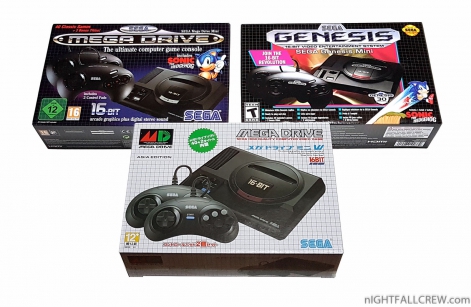
The monkey took me to collect all the Mini Consoles and Computers.
It all started when the NES Mini came out and then i have continued with all versions of NES and of Super Nintendo, PSX Mini, The C64 Mini and NeoGeo Mini.
And now … i fell again; Sega Mega Drive Mini, which includes the European, American and Japanese versions + Mega Drive Tower Mini (Japan).
What i can say about the Sega Megadrive Mini/Tower mini and about the Packaging ? aesthetically very beautiful, about the software? the usual soup, but i don’t like to play so the problem does not arise :-)
NOTE: The USB Joypad works perfectly under Windows 10, personally tested with the Dolhpin emulator (WII/Gamecube).
Gallery:
review: https://www.theverge.com/2019/9/12/20861085/sega-genesis-console-retro-mini-review-launch-games
wikipedia: https://en.wikipedia.org/wiki/Sega_Genesis_Mini
official website: https://megadrivemini.sega.com













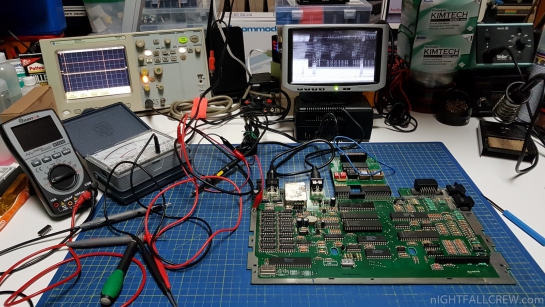















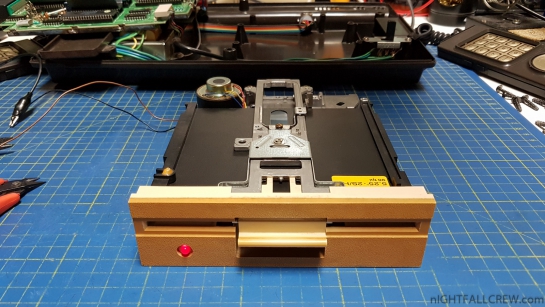





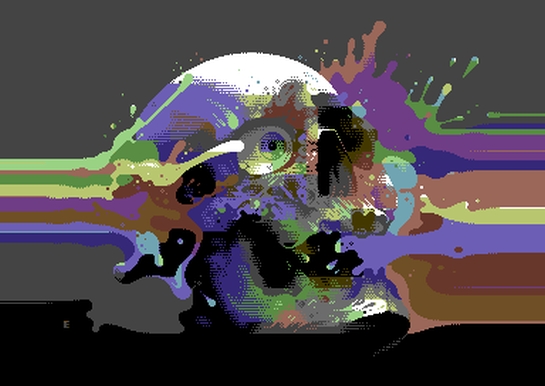
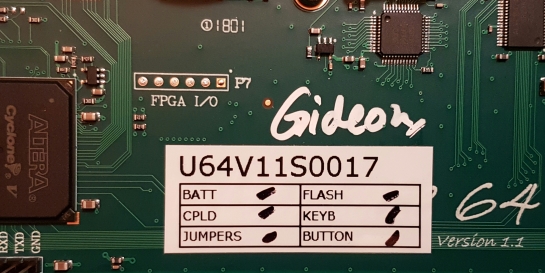
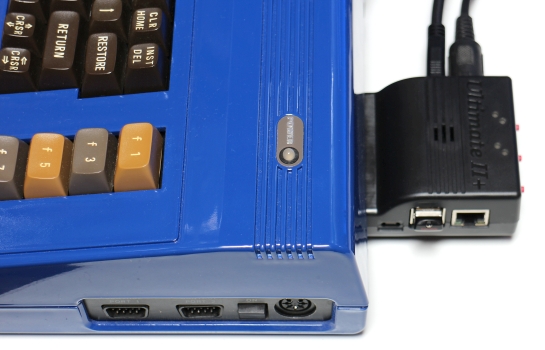
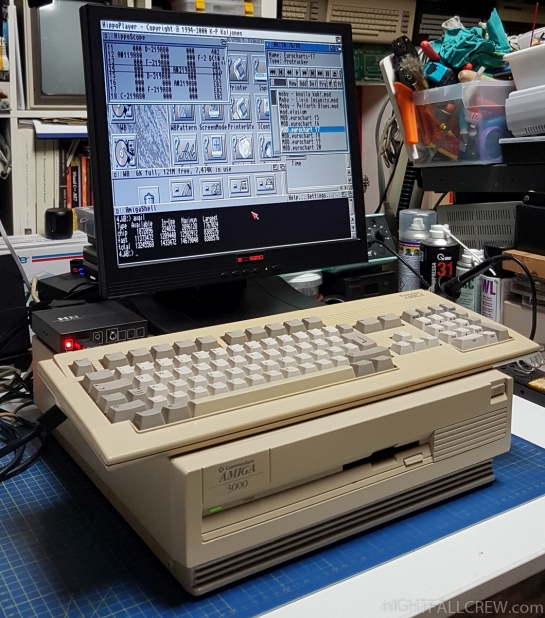











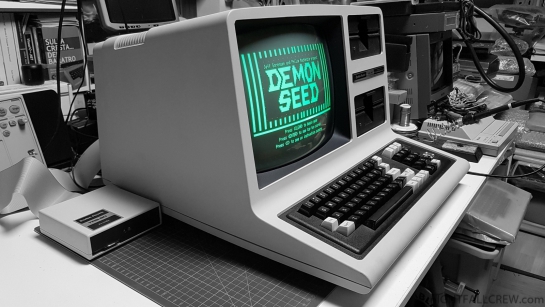















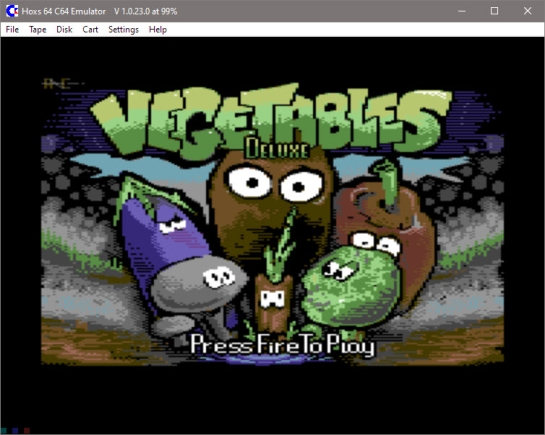
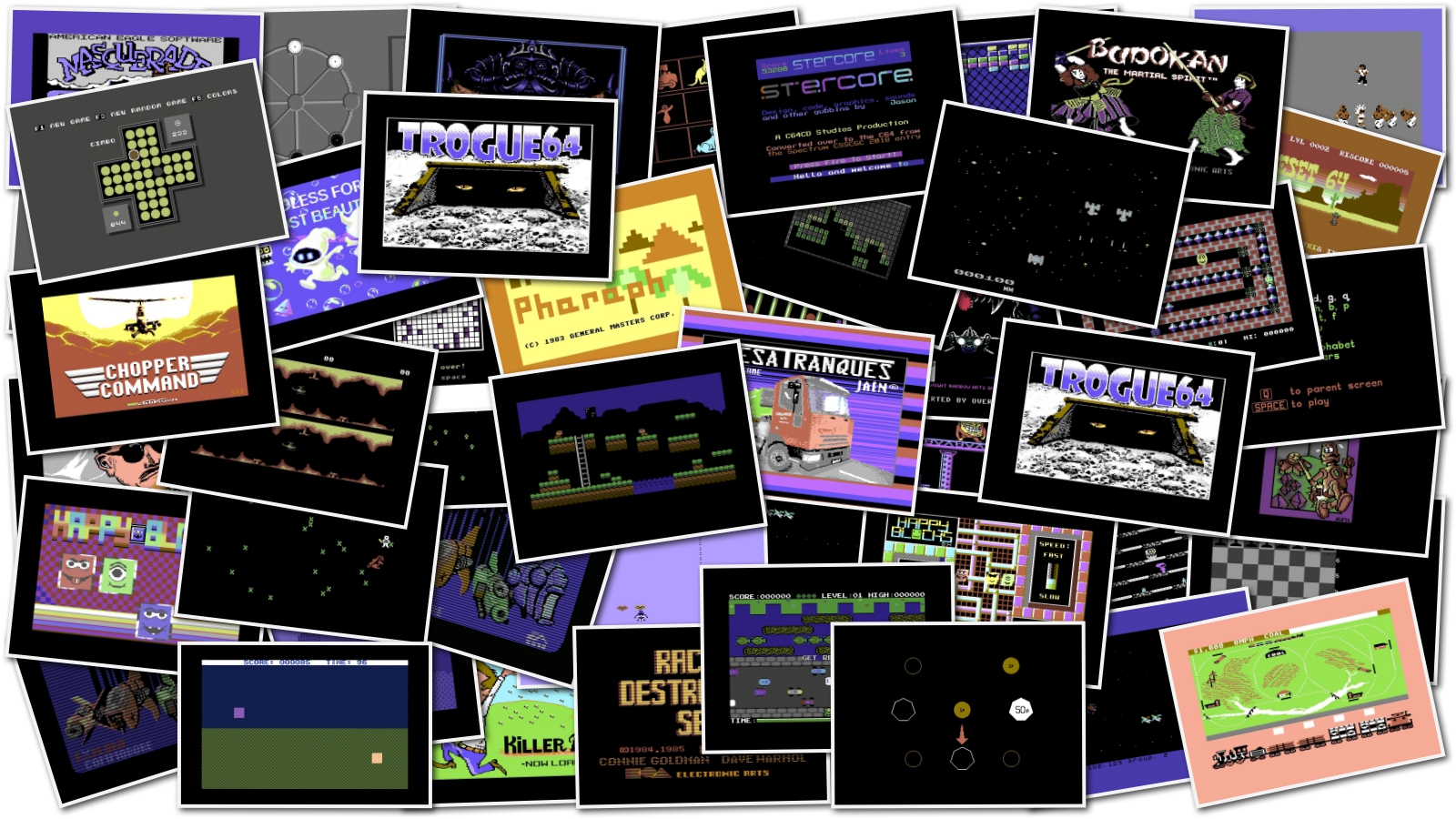
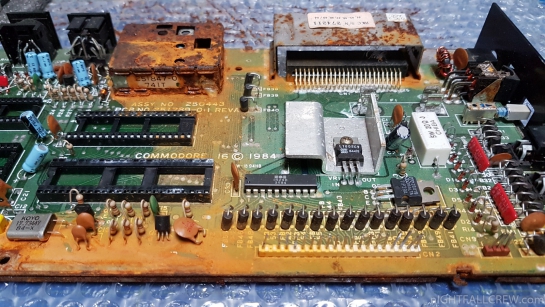
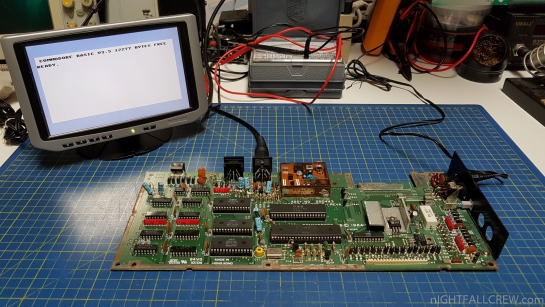















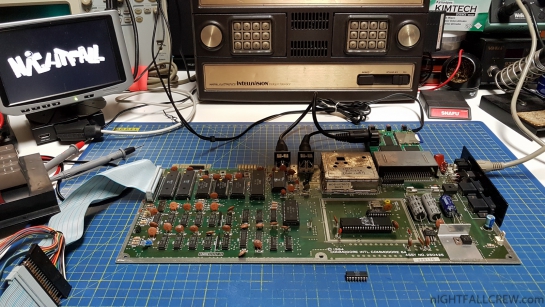


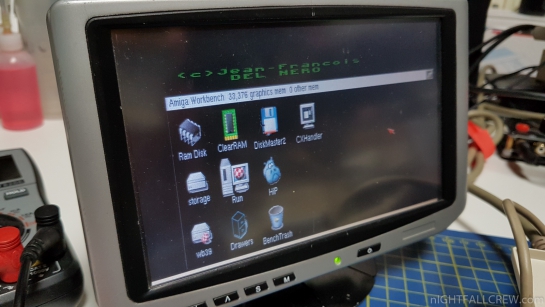









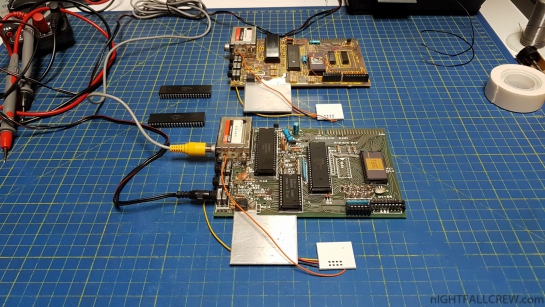

















Recent Comments